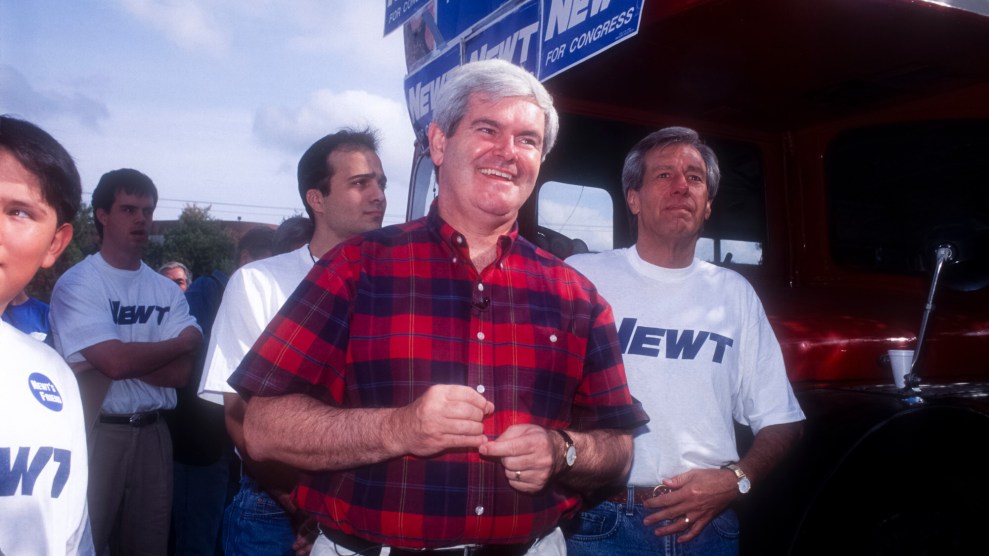This morning’s New York Times report—”US Identifies Vast Riches of Minerals in Afghanistan”—is not news and looks like an Obama PR campaign to buttress US involvement in the war. The country’s mineral wealth has been known for centuries and was mapped by the Soviets during their occupation of the country.
We were told for years of Afghanistan’s potential valuable oil prospects. When oil faded from the picture there was no economic reason to be there. The place wasn’t like Iraq, where international oil companies got their hands on a huge oil reserve. Now, with the Times swallowing the Pentagon’s bait, we’ve suddenly got a reason to fight: getting our hands on a mining colony. James Risen reports :
The United States has discovered nearly $1 trillion in untapped mineral deposits in Afghanistan, far beyond any previously known reserves and enough to fundamentally alter the Afghan economy and perhaps the Afghan war itself, according to senior American government officials.
The previously unknown deposits—including huge veins of iron, copper, cobalt, gold and critical industrial metals like lithium—are so big and include so many minerals that are essential to modern industry that Afghanistan could eventually be transformed into one of the most important mining centers in the world, the United States officials believe.
An internal Pentagon memo, for example, states that Afghanistan could become the “Saudi Arabia of lithium,” a key raw material in the manufacture of batteries for laptops and BlackBerrys.
The vast scale of Afghanistan’s mineral wealth was discovered by a small team of Pentagon officials and American geologists. The Afghan government and President Hamid Karzai were recently briefed, American officials said.
This “discovery” in fact is ancient history tracing back to the times of Marco Polo.
An existing undated report called Minerals in Afghanistan, prepared by the Afghan mining ministry with the British Geological Survey and easily obtained on the web, has this to say on the subject:
In central Afghanistan occurrences of rare metals have been identified in sediments below several lakes and depressions where lake brines contain higher than average metal concentrations. Trial pits have indicated that salt deposits covered by clay and loam layers contain high concentrations of lithium, boron, lead and zinc.
In a 2006 special edition of Mining Journal, the pre-eminent publication in the field, the then-mining minister, Muhammad Ibrahim Adel, wrote in the introduction:
It is a privilege for me to draw your attention to this Mining Journal special supplement on Afghanistan. Mining in Afghanistan has a history dating back over 6,000 years, and despite all the upheavals over the past 25 years, mining has continued to operate. The main task facing us now is to expand the industry from its present small base. The Government regards the development of Afghanistan’s natural resources as the most important driver of economic growth, and essential to the reconstruction and development of the country…. the minerals industry. For example, construction minerals production has grown dramatically with the increased need for raw materials to feed road building and reconstruction. I expect this will be followed shortly by further investment in the coal, cement and hydrocarbons industries. The first signs of grassroots mineral exploration for gold have started, and with the appointment of Tender Advisors for the future development of the world class Aynak copper deposit, I expect this to lead to really significant investment in the mining sector of the economy in the very near future. Aynak is one of the world’s largest undeveloped copper deposits and it has already attracted interest from a wide spectrum of international companies.
Mining Journal provides an in-depth account of the history and potential for mining all sorts of minerals. Here is the Journal‘s overview:
Afghanistan has some of the most complex and varied geology in the world. The oldest rocks are Archean and they are succeeded by rocks from the Proterozoic and every Phanerozoic system up to the present day. The country also has a long and complicated tectonic history, partly related to its position at the western end of the Himalayas.
This diverse geological foundation has resulted in a significant mineral heritage with over 1,400 mineral occurrences recorded to date. Historical mining concentrated mostly on precious stone production, with some of the oldest known mines in the world established in Afghanistan to produce lapis lazuli for the Egyptian Pharaohs.
More recent exploration in the 1960s and 70s resulted in the discovery of significant resources of metallic minerals, including copper, iron and gold, and non-metallic minerals, including halite, talc and mica. The bedrock geology of Afghanistan can be thought of as a jigsaw of crustal blocks separated by fault zones, each with a different geological history and mineral prospectivity. This jigsaw has been put together by a series of tectonic events dating from the Jurassic up to the present.
Afghan emeralds are generally considered to be among the most beautiful in the world, rivaling those produced in Colombia. They were mined and sold for arms during the time of the Northern Alliance. More recently, sources with first hand knowledge of the business have reported that Afghan emeralds were blocked by the Colombia cartel. There are reports of Afghan emeralds being traded on the sly through Eastern Europe.















